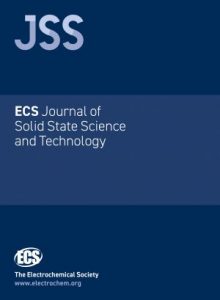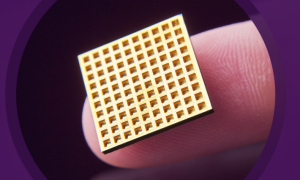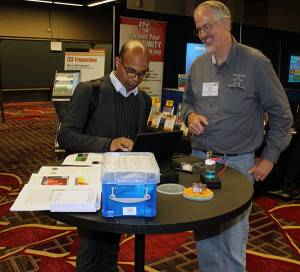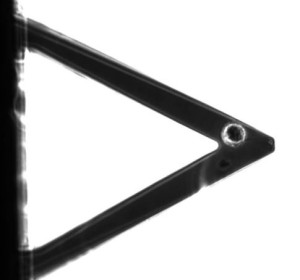 The ECS Journal of Solid State Science and Technology is publishing a focus issue in connection with the 241st ECS Meeting Carbon Nanostructures and Devices symposia.
The ECS Journal of Solid State Science and Technology is publishing a focus issue in connection with the 241st ECS Meeting Carbon Nanostructures and Devices symposia.
The ECS Nanocarbon Division offers eight to 10 symposia covering different aspects of nanocarbon research in the Society’s spring meeting and a general nanocarbon symposium in the fall meeting. About 15-20 percent of the presented papers in the spring meeting are from symposia offered by the nanocarbon division. Researchers across the globe participate in these meetings.
This focus issue is intended to encourage the up-and-coming younger generation of scientists working on nanocarbons to participate in ECS Nanocarbon Division activities and publish their work in Society journals. This intended high-impact issue will provide up-to-date information on all areas of nanocarbon research. (more…)


 A nanoparticle that can help clean water of cadmium becomes toxic once taking in the metal. But research finds that organic matter, in this case from algae, reduces that toxicity.
A nanoparticle that can help clean water of cadmium becomes toxic once taking in the metal. But research finds that organic matter, in this case from algae, reduces that toxicity. A team of engineers has found a simple, economical way to make a nano-sized device that can lift many times its own weight.
A team of engineers has found a simple, economical way to make a nano-sized device that can lift many times its own weight.


